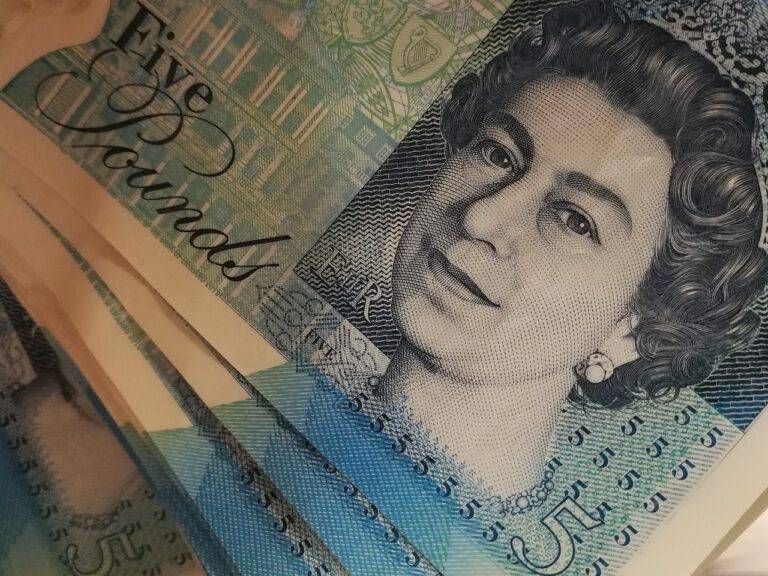Textile Designer’s Guide to Eco-Friendly Textile Design
In recent years, the demand for eco-friendly practices in the textile industry has grown significantly. As a textile designer, embracing sustainable practices is not just a trend; it’s a responsibility towards the environment and future generations. This guide provides essential insights into eco-friendly textile design, helping you create beautiful, sustainable fabrics that resonate with environmentally-conscious consumers.
Understanding Eco-Friendly Textile Design
Eco-friendly textile design refers to creating fabrics that minimize environmental impact throughout their lifecycle—from sourcing materials to production processes, distribution, and eventual disposal. This approach emphasizes the use of sustainable materials, reducing waste, and adopting ethical production practices. By prioritizing eco-friendliness in your designs, you contribute to a more sustainable fashion industry while meeting the growing consumer demand for responsible products.
Sustainable Materials
One of the fundamental aspects of eco-friendly textile design is the choice of materials. Opt for sustainable fibers such as organic cotton, hemp, Tencel, or recycled polyester. Organic cotton is grown without harmful pesticides, making it a healthier choice for the environment and workers. Hemp is a fast-growing plant that requires minimal water and no chemicals, making it a highly sustainable option. Tencel, produced from sustainably sourced wood pulp, is biodegradable and has a lower environmental footprint compared to traditional textiles.
Additionally, consider using natural dyes derived from plants, fruits, and vegetables. These dyes are less harmful to the environment and often produce vibrant colors that resonate with consumers seeking authenticity in their clothing.
Sustainable Production Processes
The production process is another critical factor in eco-friendly textile design. Implementing energy-efficient practices and reducing water consumption during manufacturing can significantly lower your environmental impact. Collaborate with manufacturers that prioritize sustainability and adhere to ethical labor practices. Look for certifications like GOTS (Global Organic Textile Standard) and OEKO-TEX, which ensure that the textiles meet strict environmental and social criteria.
Moreover, incorporating techniques such as zero-waste pattern making can help minimize fabric waste. This method involves designing patterns that use the entire fabric length, leaving little to no scrap. By adopting such practices, you can create beautiful designs while significantly reducing waste.
Embracing Innovative Technologies
Technological advancements are revolutionizing the textile industry, making it easier for designers to embrace eco-friendly practices. Digital printing, for example, is a sustainable alternative to traditional dyeing methods. It uses less water, generates less waste, and allows for more intricate designs. Additionally, 3D knitting technology enables the creation of garments without seams, reducing material waste while offering customization options for consumers.
Explore collaborations with technology companies that specialize in sustainable innovations. For instance, platforms like Echelon Design Masters are at the forefront of integrating technology and sustainability in textile design, providing resources and support for designers looking to make a positive impact.
Circular Design Principles
Implementing circular design principles in your work can further enhance the sustainability of your textile designs. This approach focuses on creating products that are designed for longevity, repairability, and recyclability. Encourage consumers to recycle or repurpose your textiles at the end of their lifecycle by providing information on how to do so.
Moreover, consider creating a take-back program where consumers can return old garments for recycling or repurposing. This not only helps reduce waste but also fosters a deeper connection between your brand and consumers who value sustainability.
Educating Consumers
As a textile designer, your role extends beyond creating beautiful fabrics. Educating consumers about the importance of eco-friendly textiles can help drive demand for sustainable products. Use your platforms—whether it’s your website, social media, or in-person events—to share information about the benefits of sustainable textiles and the practices you employ in your designs.
Highlight stories behind your materials, production processes, and the environmental impact of your designs. This transparency can build trust and loyalty among consumers who are increasingly conscious of their purchasing decisions.
Conclusion
Embracing eco-friendly textile design is an exciting journey that requires commitment, creativity, and innovation. By focusing on sustainable materials, ethical production processes, and innovative technologies, you can create textiles that not only appeal to consumers but also contribute positively to the planet. Explore resources and communities like Echelon Design Masters to stay updated on sustainable practices and technologies in the textile industry. Together, we can weave a sustainable future for the fashion industry, one design at a time.







